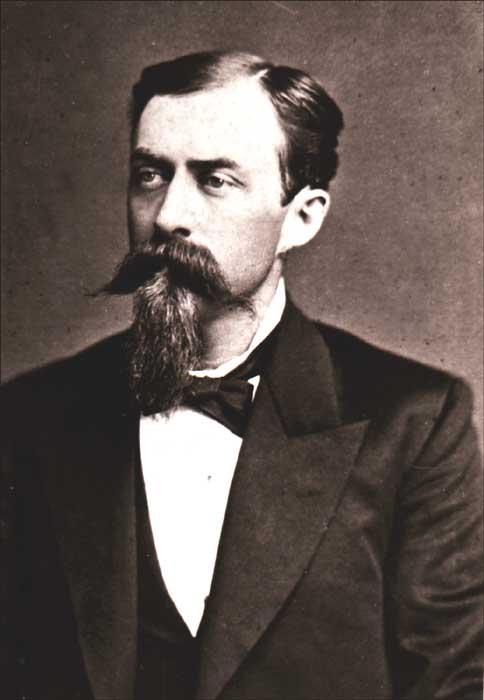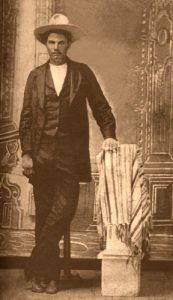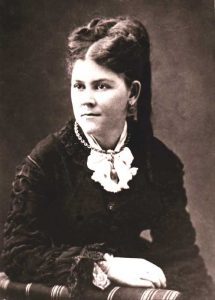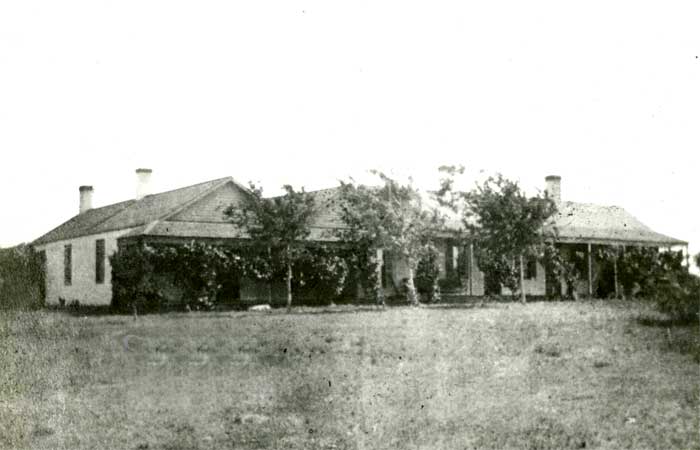John B. Armstrong, III was a soldier, rancher, Texas Ranger, and U.S. Deputy Marshal.
John was born in McMinnville, Tennessee, on January 1, 1850, to Dr. John B. Armstrong and Maria Susannah Ready. Coming from a strong background, his maternal grandfather was Charles Ready, a U.S. Representative from Tennessee, and his cousin was Confederate States Army Brigadier General John Hunt Morgan.
When he grew up, he lived in Arkansas and Missouri for a short time before moving to Austin, Texas, in 1871. He was described as well built, with a “full face marked by heavy brows and made distinguished by a finely modeled nose and deep-set languid eyes.” Armstrong also wore a full beard and dressed as a dandy.
He became a member of the Travis Rifles, an elite guard, before joining Captain Leander McNelly’s company of Texas Rangers on May 20, 1875. He soon became McNelly’s second in command, and when he was promoted to sergeant, he earned the nickname “McNelly’s Bulldog.” Along with McNelly and the rest of his men, Armstrong was involved in the so-called Las Cuevas War in November 1875 when they invaded Las Cuevas, Mexico, to get back stolen cattle. He was also involved in the killing and capture of several suspected criminals in the area between Eagle Pass and Laredo and helped patrol the region caught in the Taylor-Sutton Feud.
With McNelly’s retirement in 1876, his special force was absorbed into the Texas Rangers’ Frontier Battalion. Armstrong was promoted to Second Lieutenant of the Special Force of Texas Rangers in January 1877 and was assigned to the Eagle Pass area, where he operated on both sides of the border, assisting in breaking several bands of outlaws and helping arrest John King Fisher in April 1877.
While recovering from an accidental self-inflicted gunshot wound suffered at Goliad, Texas, Armstrong asked to be allowed to arrest the notorious gunman John Wesley Hardin. After his request was granted, Armstrong first pursued Hardin to Alabama and then to Florida, where he confronted Hardin and four gang members on a train in Pensacola. In the affray that followed, Armstrong killed one of Hardin’s men, rendered Hardin unconscious with a blow from his handgun, and arrested the remaining gang members. After a considerable delay in the execution of extradition papers, Armstrong returned Hardin to Texas, where he was tried and sentenced to 25 years in prison in September 1877.
“Texas, by God!” — John Wesley Hardin when he saw John Armstrong pointing a Colt .45 at him on a train in Florida.
On February 20, 1878, Armstrong married Mollie Durst in Austin, and the two would eventually have seven children. Later that year, in July, John was involved in the killing of outlaw Sam Bass at Round Rock, Texas. After that, he was stationed for a time at Cuero.
In 1881, he resigned from his position as a Texas Ranger and was appointed as a U.S. Deputy Marshal, a position he would hold until his death.
In 1882 he established the 50,000-acre Armstrong Ranch in Willacy County. Mollie died of a rabies bite in 1897. The old ranger, known in retirement as “Major” Armstrong, died on May 1, 1913. He was buried in the Oakwood Cemetery in Austin.
His lasting legacy was as founder of the Armstrong Ranch, an operation that remains active, family-owned, and important to this day.
© Kathy Alexander/Legends of America, updated November 2022.
Also, See:
Texas Rangers – Order out of Chaos
Time Line of the American West
Sources:
Armstrong Ranch – Facebook
Texas Ranger.org
Texas State Historical Association
Wikipedia





